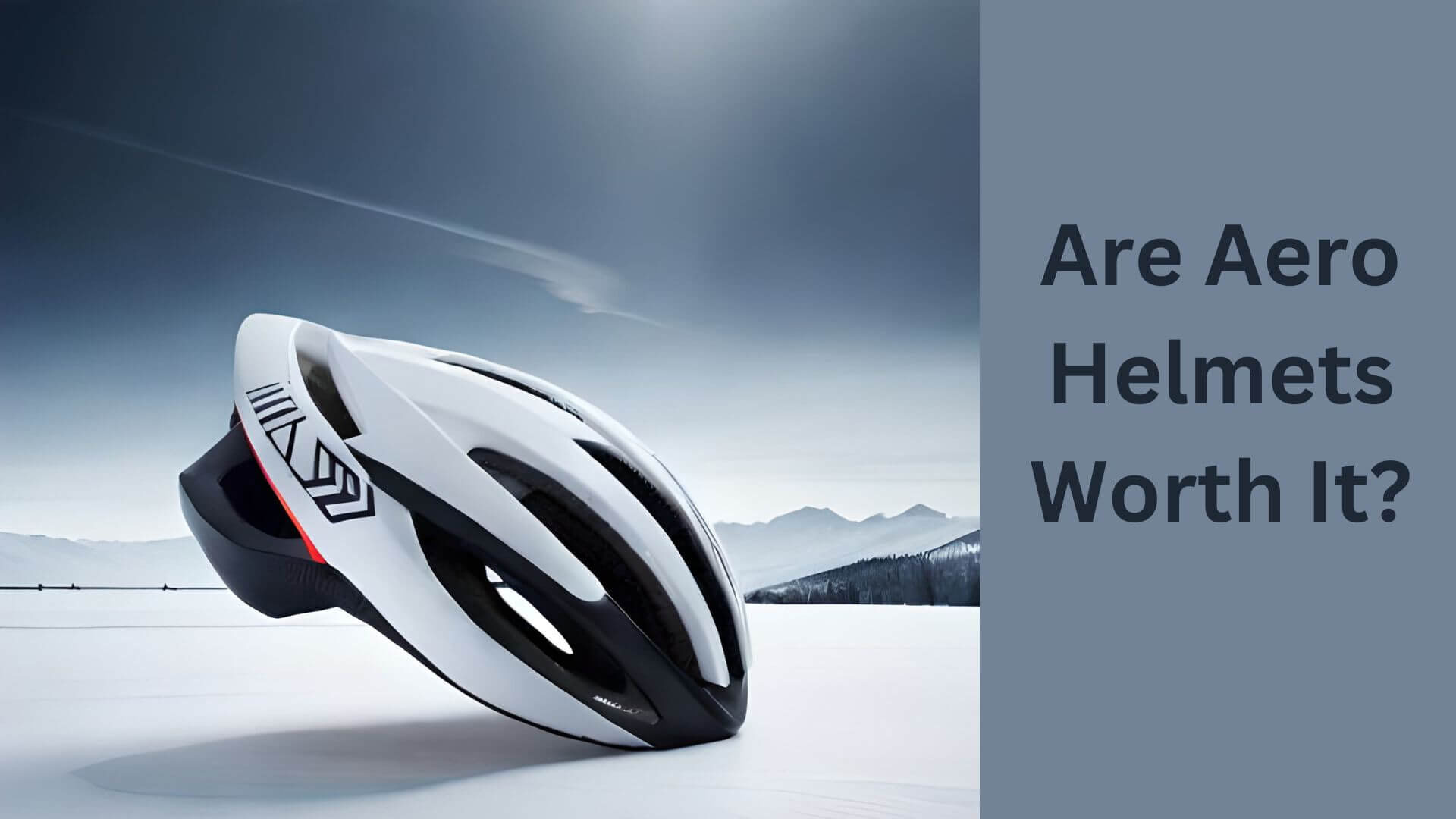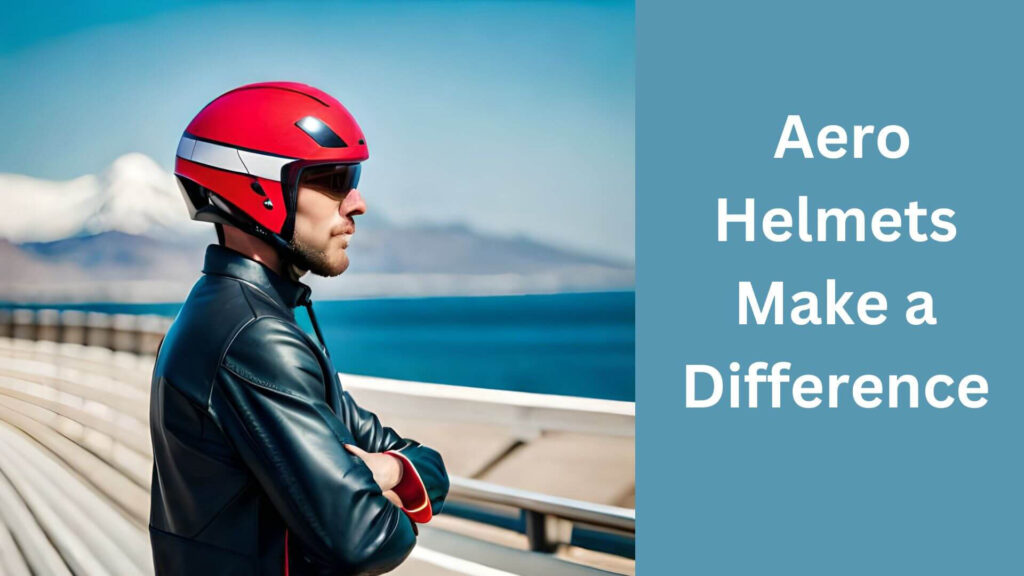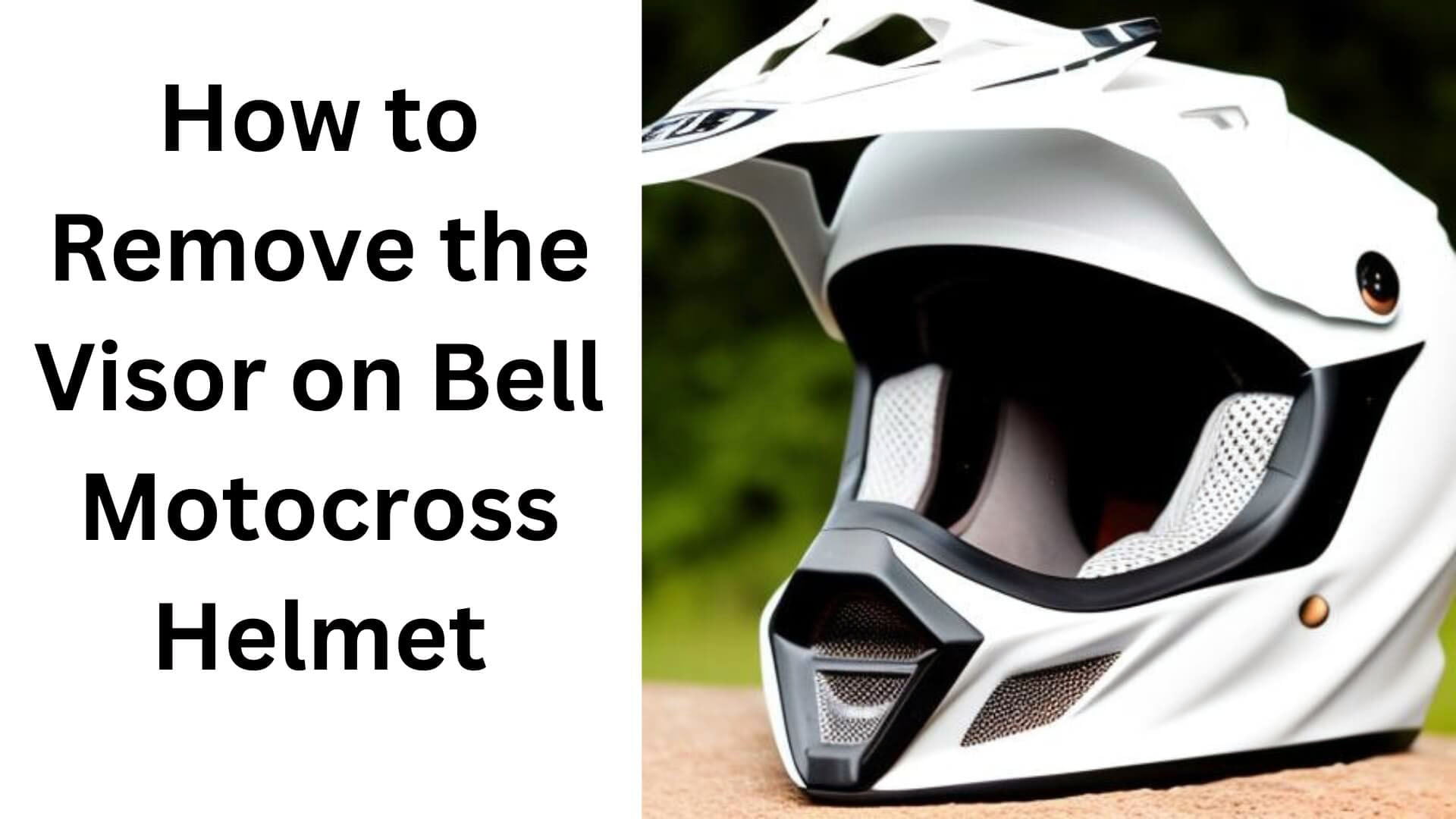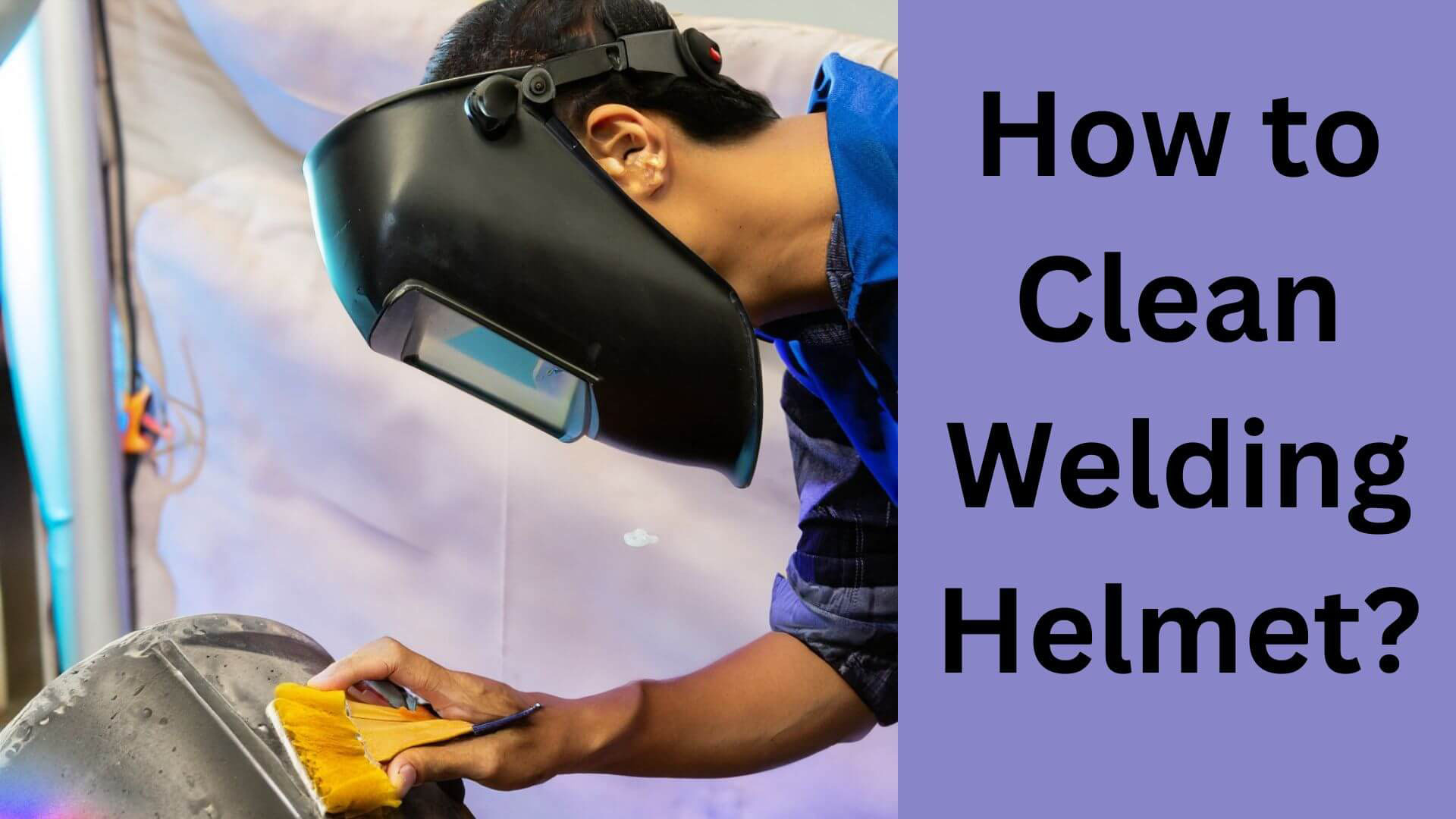Are Aero Helmets Worth It? An In-Depth Analysis

Are you looking for a way to gain a competitive edge in your next race? Look no further than investing in an aero helmet.
Aero helmets are the most cost-effective equipment for improving aerodynamics and saving valuable minutes in your race time.
Optimizing your position on the bike is crucial for reducing wind resistance and increasing speed. However, the fitting helmet can also significantly affect your performance.
A quality aero helmet can help you reach your full potential as a cyclist by minimizing air resistance and providing a more streamlined shape.
In this article, we will delve deeper into the world of aero helmets and examine whether or not they are worth the investment for the average cyclist.
What Are Aero Helmets?
Aero helmets, also known as time trial helmets, are cycling helmets designed to reduce air resistance and improve aerodynamics.
These helmets typically have a smooth, teardrop shape and feature a tail or fin at the back to reduce drag. They also often have fewer vents than standard helmets, which can help to reduce wind resistance.
Aero helmets are commonly used in the time trial and triathlon events, where every second counts. However, they are also becoming more popular among road cyclists looking to improve their speed and performance.
Read More Details: What Is An Aero Helmet?
Types of Aero Helmets

Several types of aero helmets are available, each with a unique design and features. Some of the most common types of aero helmets include:
- Full Aero Helmets – These helmets have a complete shell that covers the entire head, providing maximum aerodynamic benefits. They often have a small visor at the front to reduce glare and improve visibility.
- Aero Road Helmets – These are designed to be more versatile than full aero helmets, with additional ventilation and a more traditional look. They balance aerodynamics and comfort, making them popular for road cyclists.
- Aero Time Trial Helmets – These helmets are designed for time trial events and feature an elongated shape with a tail or fin at the back to reduce drag. They often have fewer vents than other helmets to improve aerodynamics further.
- Aero Triathlon Helmets – These helmets are similar to time trial helmets but often include additional features such as a visor and improved ventilation to accommodate the unique needs of triathletes.
Choosing the correct type of aero helmet depends on individual preferences and the kind of cycling done. It’s essential to consider factors such as ventilation, weight, and overall comfort when selecting an aero helmet.
Benefits of Aero Helmets
Aero helmets are designed to reduce air resistance and increase speed. They achieve this by minimizing the turbulence caused by the rider’s head and enhancing the aerodynamic profile of the helmet. Here are some advantages of investing in an aero helmet:
- Increased speed: Aero helmets can reduce drag by up to 10%, translating into a significant increase in rate. This is especially beneficial for competitive cyclists looking to shave off seconds from their time.
- Improved stability: Aero helmets are designed to minimize turbulence caused by the rider’s head. This can improve strength and control, especially at high speeds or in crosswinds.
- Better ventilation: Some aero helmets have advanced ventilation systems that improve airflow and cooling. This can be beneficial during hot summer rides or intense workouts.
- Enhanced safety: Aero helmets are designed to be more aerodynamic and streamlined than traditional helmets. This can reduce the risk of neck injuries and improve overall safety.
Drawbacks of Aero Helmets
While aero helmets offer several advantages, they also have some drawbacks to consider before purchasing. Here are some disadvantages of investing in an aero helmet:
- Cost: Aero helmets can be significantly more expensive than traditional helmets. This may not be a feasible investment for casual riders or those on a tight budget.
- Weight: Aero helmets can be heavier than traditional helmets due to their aerodynamic design and additional features. This may be better for riders looking to minimize weight or increase performance.
- Comfort: Some aero helmets can be uncomfortable, especially during long rides or hot weather. This can lead to distractions or discomfort that may affect performance.
Factors to Consider in Aero Helmets
When deciding whether or not to invest in an aero helmet, there are several factors to consider, including:
- Type of Cycling – The kind of cycling you do will play a significant role in determining whether or not an aero helmet is worth it.
As mentioned, competitive cyclists, particularly those who compete in time trial or triathlon events, may benefit more from an aero helmet than recreational or casual riders.
- Frequency of Use – How often you ride your bike can also influence whether or not an aero helmet is worth the investment.
Suppose you only ride occasionally or for short distances. In that case, the benefits of an aero helmet may not be as significant as those of someone who rides frequently or for longer distances.
- Climate and Weather Conditions – The climate and weather conditions in your area can also impact the value of an aero helmet.
If you live in a room with high winds or consistently experience headwinds during your rides, an aero helmet may be more beneficial than an area with calmer conditions.
- Level of Expertise – Finally, your level of expertise as a cyclist can also influence whether or not an aero helmet is worth it.
A beginner or intermediate cyclist may see different benefits from an aero helmet than someone with more advanced skills and experience.
Ultimately, investing in an aero helmet should be based on these factors, personal preferences and goals. If you are considering an aero helmet, it’s essential to research, try out different options, and feel the costs and benefits before deciding.
Read More: Is an Aero Helmet Better Than a Regular Helmet?
The Science Behind Aero Helmets

Aero helmets are designed to reduce wind resistance and improve aerodynamics, leading to faster speeds and better performance for cyclists.
The science behind aero helmets is rooted in the concept of wind resistance or the force that opposes the motion of an object through the air.
Wind resistance can significantly impact a rider’s speed and performance when cycling. The faster a cyclist goes, the more wind resistance they will encounter, which can make it more challenging to maintain momentum and can cause fatigue over time.
Aero helmets are designed to reduce wind resistance by minimizing the drag a rider experiences while cycling.
The design of an aero helmet can play a significant role in its effectiveness. Aero helmets are typically sleek and smooth, with an optimized shape for aerodynamics.
This may include features such as a pointed tail, a lower profile, and reduced ventilation to reduce wind resistance.
Aero helmet testing is conducted in wind tunnels or on the road to determine the effectiveness of different helmet designs. Wind tunnel testing involves placing the helmet in a wind tunnel and measuring the drag it creates at various speeds.
Road testing measures a rider’s speed and performance while wearing different helmet designs in real-world conditions.
Through these testing methods, researchers and manufacturers can determine which helmet designs are most effective at reducing wind resistance and improving aerodynamics.
However, it’s important to note that the effectiveness of an aero helmet may vary depending on a cyclist’s physiology and riding style.
Overall, the science behind aero helmets is focused on reducing wind resistance and improving aerodynamics to help cyclists achieve faster speeds and better performance.
While the effectiveness of aero helmets may vary depending on individual factors, their design, and testing are grounded in a scientific understanding of wind resistance and its impact on cycling.
Do Aero Helmets Make a Difference?

Yes, aero helmets can significantly affect a cyclist’s performance. By reducing wind resistance and improving aerodynamics, aero helmets can help cyclists achieve faster speeds and improve their overall performance on the bike.
Studies have shown that aero helmets can reduce drag by up to 5-10% compared to traditional helmets. This may not sound significant, but even a slight reduction in pain can substantially improve a cyclist’s speed and performance.
In addition to their aerodynamic benefits, aero helmets can provide improved ventilation and cooling, which can be especially beneficial for cyclists riding in hot or humid conditions.
Many aero helmets also feature enhanced safety features, such as increased impact resistance and improved head and neck coverage.
However, it’s important to note that the effectiveness of aero helmets can vary depending on a cyclist’s physiology and riding style.
Factors such as the type of cycling, frequency of use, climate and weather conditions, and level of expertise can all impact the effectiveness of an aero helmet.
Ultimately, whether or not to invest in an aero helmet is personal and should be based on individual needs and preferences.
While aero helmets can make a difference in a cyclist’s performance, they may not be necessary or practical for every rider.
What Is The Price Range For An Aero Helmet?
The price range for aero helmets can vary depending on the brand, model, and features.
Generally, aero helmets can be more expensive than standard helmets due to their advanced aerodynamic features and enhanced safety features.
For high-end models, prices range from around $100 to over $500. It’s essential to consider the individual factors and features when choosing an aero helmet to ensure that it meets your needs and budget.
Summary of Pros and Cons:
Pros:
- Improved aerodynamics and reduced wind resistance
- Enhanced ventilation and cooling
- Increased safety features
Cons:
- Can be more expensive than standard helmets
- It may only work for some types of cycling.
FAQs About Are Aero Helmets Worth It? An In-Depth Analysis
Are aero helmets more expensive than standard helmets?
Aero helmets can be more expensive than standard helmets due to their advanced aerodynamic features and enhanced safety features.
Do aero helmets work for all types of cycling?
The effectiveness of aero helmets can vary depending on the type of cycling and individual factors. They may be more beneficial for time trial or triathlon events but may not be necessary or practical for other types of cycling.
Are aero helmets comfortable to wear?
Aero helmets can be uncomfortable for extended periods due to their more streamlined design and reduced ventilation. However, many newer models offer enhanced comfort features.
Do aero helmets make you faster?
Studies have shown that aero helmets can reduce wind resistance and improve aerodynamics, leading to faster speeds and enhanced performance for many cyclists.
Can you wear glasses with an Aero helmet?
Many aero helmets are designed to be compatible with glasses or sunglasses, but it’s essential to check their compatibility before purchasing. Some helmets may also include visors or built-in eyewear.
Final Verdict on Aero Helmets:
In conclusion, aero helmets can offer significant advantages for cyclists looking to improve their performance and reduce wind resistance.
However, their effectiveness can vary depending on several factors, including the type of cycling, frequency of use, climate and weather conditions, and level of expertise.
Ultimately, deciding whether to invest in an aero helmet should be based on individual needs and preferences.

Hey, I’m Hrithik Hossain. I am the head of helmethacks.com, which specializes in safety helmets. I am looking to connect with anyone interested in purchasing a helmet or who has any questions about different types of helmets. I have over 8 years of experience as a helmet expert, and I can’t wait to help you find the perfect helmet for you. I can help you with any questions regarding helmets, from the best brands to fitting, style, and more! I really enjoy keeping people safe by ensuring they have the best protection possible.







